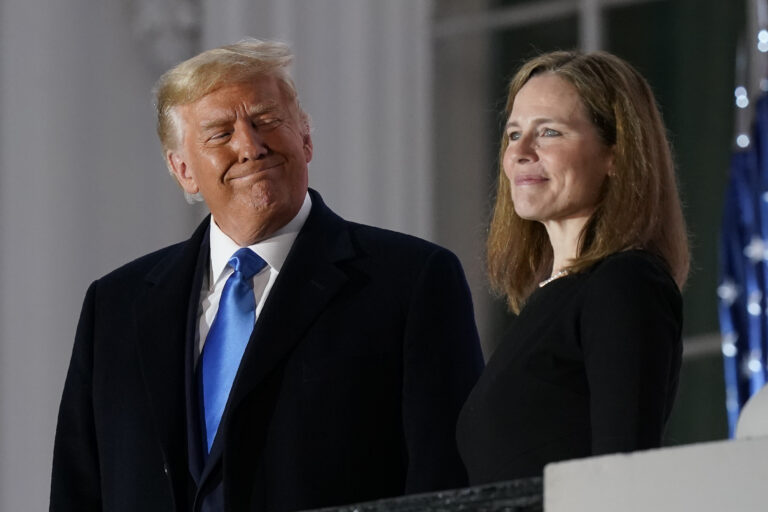Mythical devil of the ever-present laws

Stephen Vladeck has an excellent piece on the Roberts Court’s abuse of the shadow docket, particularly using it to create a radical new free exercise doctrine without even bothering with anything resembling an adequate justification:
For decades, the Supreme Court has insisted that these emergency injunctions should be far rarer than stays. Summarizing the precedents, Justice Antonin Scalia explained in 1986 that such relief should be granted “sparingly and only in the most critical and exigent circumstances, and only where the legal rights at issue are indisputably clear.” It ought to follow that newly minted rights, such as the one the court articulated on Friday, are not “indisputably clear.”
This is not just a technical point; it goes directly to the Supreme Court’s constitutionally mandated (and self-described) role in our constitutional system. As Justice Scalia put it, unlike a stay, which is a short-term order delaying a proceeding, an injunction “does not simply suspend judicial alteration of the status quo but grants judicial intervention that has been withheld by lower courts.”
To provide relief in such a case where the right to relief is not clear is to effectively allow the Supreme Court to go first, ahead of the lower courts — never mind that, as the justices have repeatedly said in the past, “ours is a court of review, not first view,” and that their “primary responsibility” is “as an appellate tribunal.” Using emergency orders pending appeal to change substantive law turns those principles on their heads and arguably exceeds the justices’ statutory authority to issue such relief.
All of this would be problematic enough if the California decision was an outlier. But it wasn’t. Rather, the ruling was the seventh time since October that the justices have issued an emergency injunction — all of which have blocked Covid restrictions in blue states on religious exercise grounds.
Before these rulings, the court had gone five years without issuing a single injunction pending appeal. Of course, such an extraordinary trend might still be justified if these states were openly defying settled legal precedents.
But as Justice Elena Kagan pointed out in her opinion dissenting from Friday night’s order, the majority was able to rely only on “separate opinions and unreasoned orders” to support its analysis. Until this term, it would have been unheard-of to articulate a new constitutional rule while issuing an emergency injunction to enforce it.
Because of Professor Baude and others, the Supreme Court’s “shadow docket” is receiving far more attention from the court’s practitioners, journalists and academic observers. The House Judiciary Committee even held a hearing on the topic in February.
But what this latest ruling drives home is that this is more than just an interesting phenomenon; it is a pernicious one. A majority of the justices are increasingly using procedural tools meant to help them control their docket to make significant substantive changes in the law, in defiance not only of their own standards for such relief, but of fundamental principles of judicial decision making.
Whatever other topics President Biden’s much-ballyhooed commission on Supreme Court reform intends to study, the growing use — and abuse — of the shadow docket ought to be high on its list.
As with any counter-or-non-majoritarian veto point, the democratic value of judicial review is contingent. But it’s clear that the United States would be better off without judicial review at all than judicial review as it is currently practiced by the Roberts Court.


